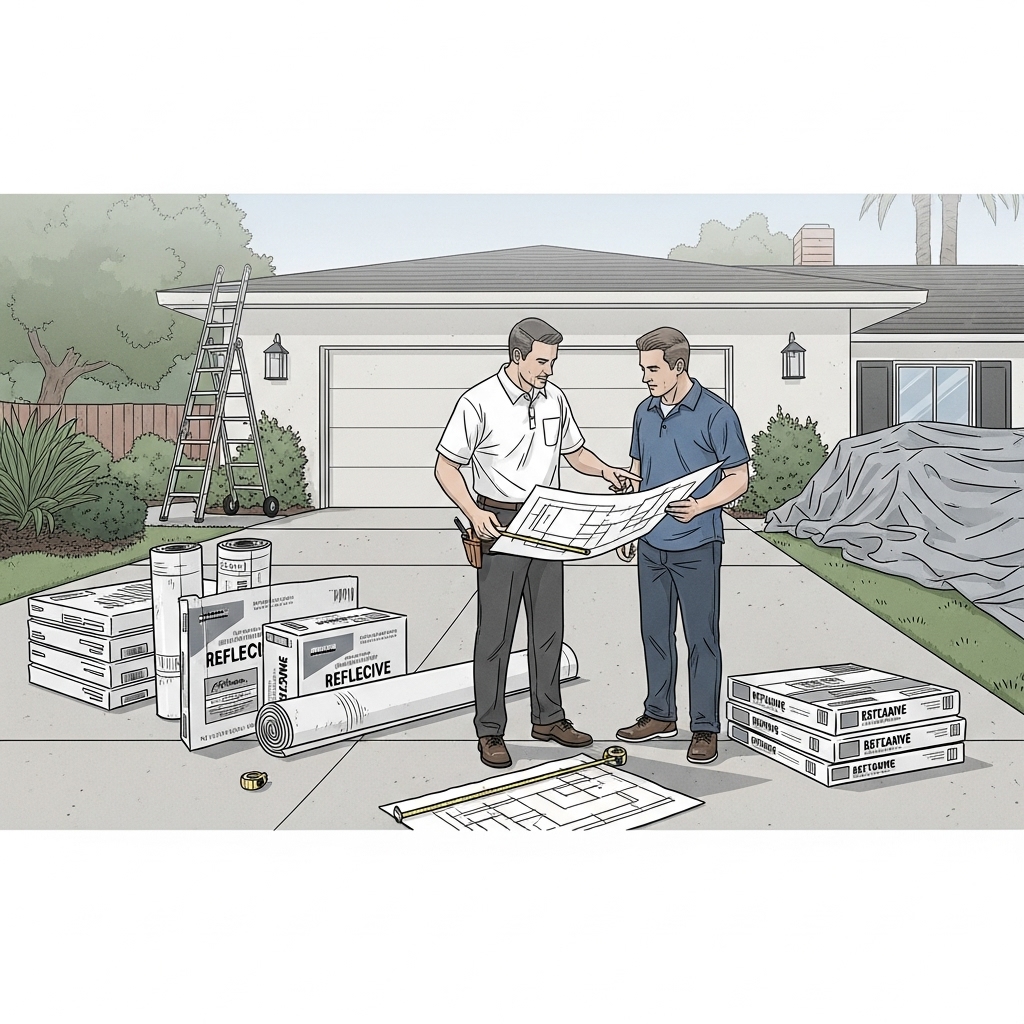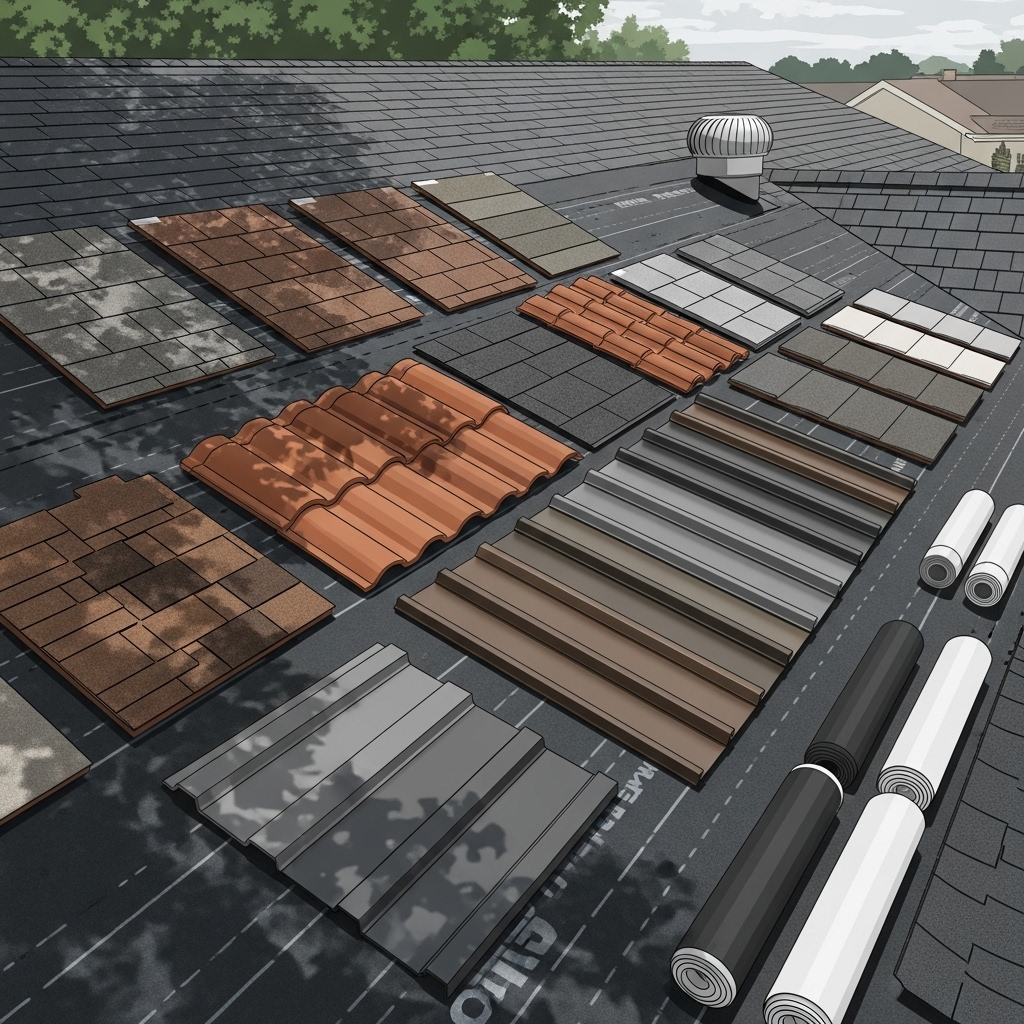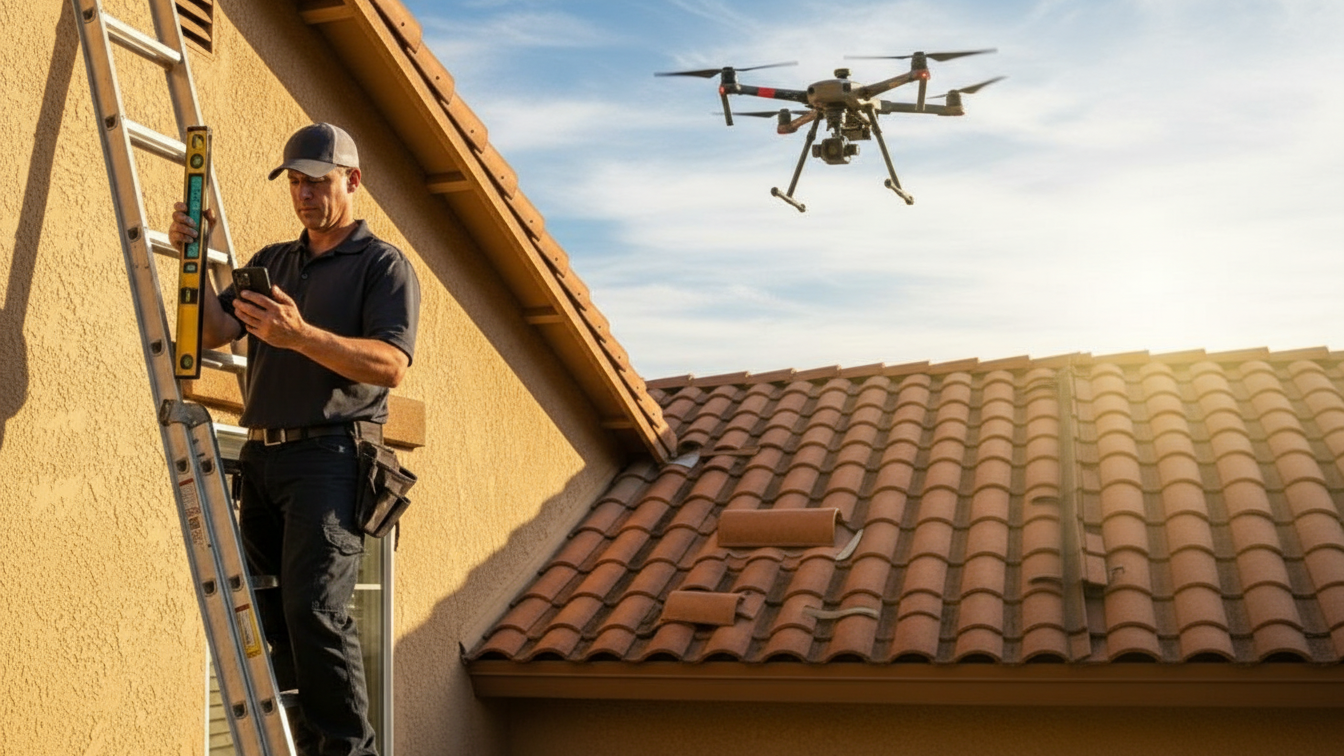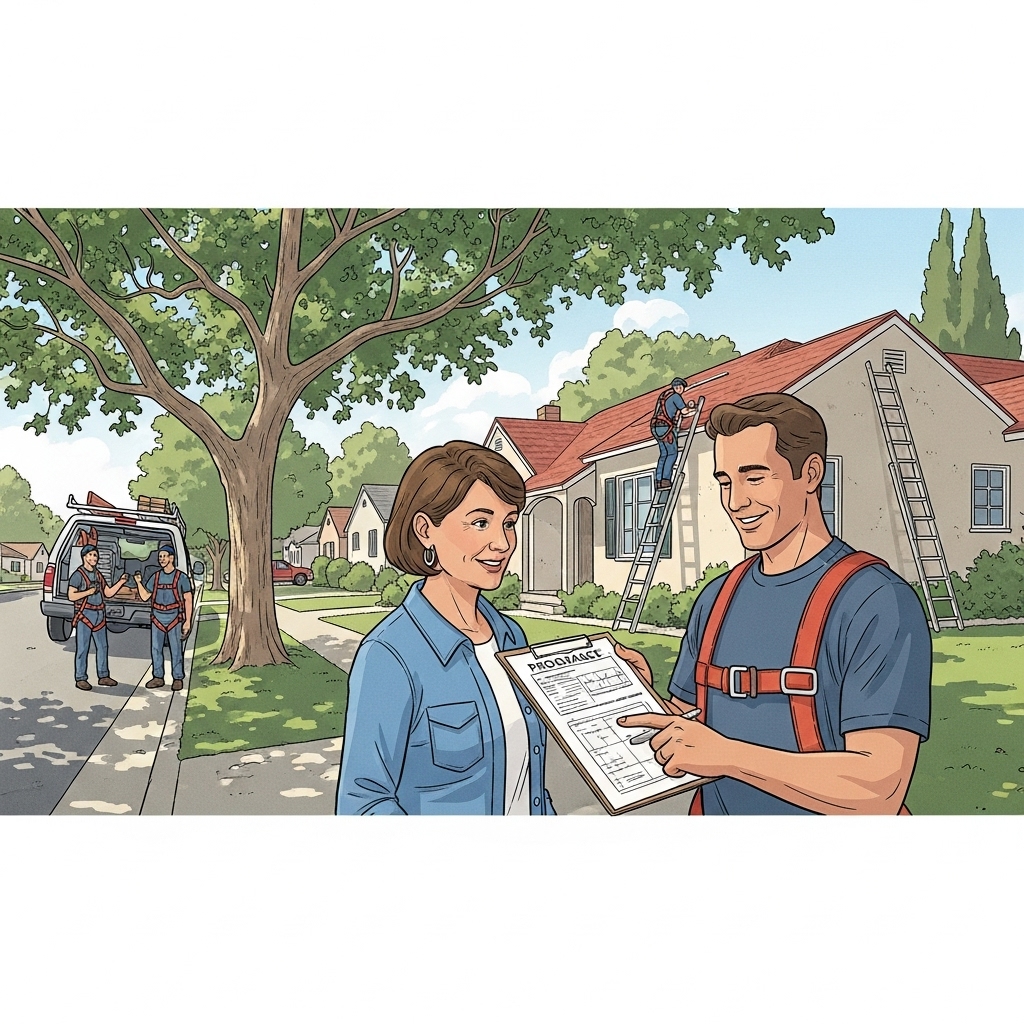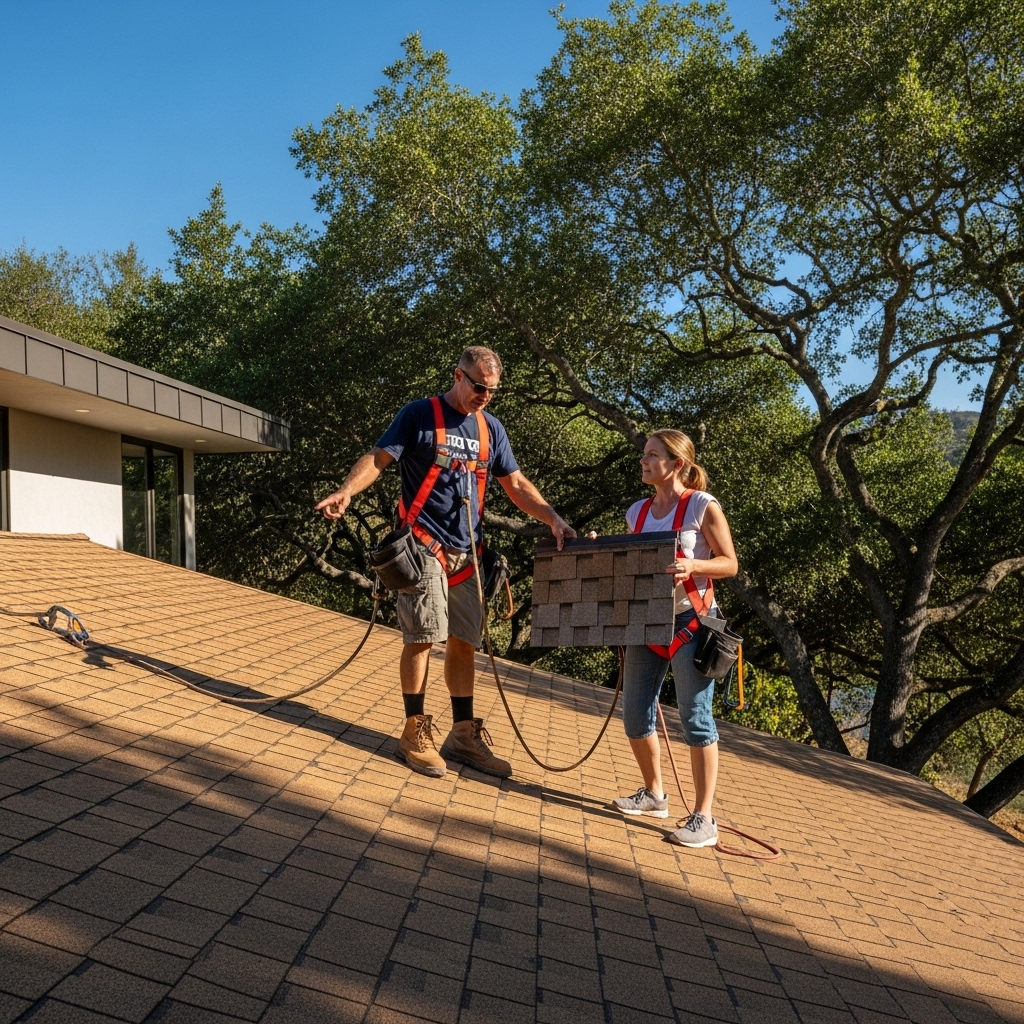When homeowners in Tarzana start thinking about greener roofing, the first question they usually ask isn’t which color to choose—it’s how the investment breaks down and what really drives the bottom line. In the Valley’s heat and wind, eco-forward choices pay dividends in comfort and resilience, but understanding the moving parts behind a proposal helps you make smart, confident decisions. As someone who has guided many neighbors through this process, I find the most useful conversations are the transparent ones, where every factor from ventilation upgrades to access logistics is on the table. It also helps to frame the conversation around the value of green eco-friendly roofing in Tarzana’s specific conditions, where cool performance and fire-minded detailing are more than just nice extras.
Let’s begin with the roof itself. Surface material is a major determinant of both performance and overall project scope. Reflective asphalt shingles, cool metal, tile with ventilated battens, and single-ply membranes on low-slope sections each have different installation requirements. The geometry of your roof—its pitch, the number of planes, hips, valleys, and penetrations—adds complexity that translates into time and craftsmanship. A clean gable with minimal penetrations is very different from a layered hillside home with skylights, solar arrays, and multiple changes in elevation. Eco-forward work also emphasizes underlayment quality and ventilation design, which bring real benefits and must be accounted for when planning the work holistically.
Why cool performance and fire resilience influence planning
In Tarzana, the heat index and wildfire risk encourage specific system choices. Assembly details like radiant barriers, self-adhered membranes at eaves, and ember-resistant venting aren’t window dressing; they are the backbone of a resilient roof. These components require careful installation and coordination with the visible layer. Flashing strategies around chimneys and skylights, closed eaves that defeat ember intrusion, and metal-edge treatments that resist uplift can add steps to the job while substantially improving the outcome. Taking the time to address them during replacement avoids piecemeal fixes later.
Deck condition, tear-off strategy, and attic considerations
Every roof replacement begins with a look under the hood. The condition of the roof deck influences how straightforward the installation will be. Older plywood may need selective replacement, while skip-sheathed sections under tile might be converted to solid decking when switching materials. In some cases, a full tear-off allows for air-sealing and insulation enhancements that make the new surface perform even better. Attic ventilation is a tandem consideration: balanced exhaust and intake keep heat from stagnating and protect materials from premature aging. This is where the eco conversation becomes tangible, because the hidden layers can yield some of the biggest comfort gains inside the home.
Access, staging, and the reality of Valley job sites
Tarzana roofs exist in the real world of cul-de-sacs, narrow driveways, hillside lots, and established landscaping. The ease of getting materials to the deck and debris off the property affects how a project is organized. On a deep lot with mature trees, careful staging minimizes disruption and time on site. On a hillside, safety setups and material lifts may be part of the plan. These logistical pieces shape the daily flow of work and require coordination to keep everything orderly and respectful of neighboring properties. When you see staging referenced in a proposal, it’s about clear pathways, protected plantings, and safe, efficient movement.
Permitting, inspections, and compliance that supports performance
Local codes favor cool roofing where applicable, and they set expectations for ventilation, fire ratings, and wind resistance. Permitting and inspections are not hurdles so much as checkpoints that verify the assembly meets Tarzana’s demands. Aligning material specs with local requirements early prevents delays and ensures your roof is recognized for the performance it delivers. At the same time, homeowners’ associations sometimes weigh in on color and texture; early engagement with boards, supported by real samples, helps keep approvals smooth.
Choosing materials with long-term value in mind
Eco-forward doesn’t mean you’ll be boxed into a single look. Reflective shingles blend with many architectural styles. Metal can read crisp and modern or warm and residential, depending on profile and finish. Tile remains timeless, particularly with ventilated installations that encourage airflow under the surface. On low-slope roofs, reflective single-ply membranes make sense, and modified systems with cool cap sheets can be detailed beautifully. The through-line is durability paired with thermal control. The longer a system lasts while tempering attic heat, the more years you enjoy a stable, predictable home environment—an especially welcome outcome in Tarzana’s long summers.
Midway through planning, many homeowners circle back to the role of details and how they support performance. This is the right instinct. Flashing is a quiet hero; properly integrated with walls and penetrations, it keeps wind-driven rain out and heat in balance. Underlayments set the tone for how a roof ages in the sun. Ventilation stabilizes the entire assembly. Put together, these layers form the foundation of genuinely green roofing solutions that go beyond a single product and address the whole home.
Timing and weather windows in the San Fernando Valley
We don’t deal with frequent storms, but we do contend with heat waves and windy days. Scheduling around Santa Ana patterns and extreme temperatures creates a better installation environment for both materials and crews. Shorter daylight in winter affects daily production, while summer heat shifts the tempo earlier in the day. Good planning keeps the job moving while honoring the realities of the Valley’s weather, which is a subtle but meaningful part of a successful project.
Waste handling, recycling, and site cleanliness
Responsible handling of old materials is part of an eco-forward mindset. Many components can be recycled or diverted from landfills when sorted properly, and job sites benefit from a clean-as-you-go approach. Thoughtful debris management keeps neighbors happy, minimizes dust, and ensures your property is respected. The end goal is a new roof that looks as good from the curb as your landscaping does after the crew has packed up.
Bringing expectations and performance into alignment
Perhaps the most valuable part of the planning process is clarity. When you know which layers contribute to attic comfort, how ventilation shapes the life of your roof, and where fire-minded details fit in, you can evaluate proposals with a sharper lens. In Tarzana, the best outcomes come from systems thinking: material, underlayment, flashing, and airflow working together for the climate we actually have. That’s the real story behind eco-forward roofing here—a roof that looks right, performs admirably, and stands steady through heat, wind, and time.
FAQ: Your questions about green roofing in Tarzana
What factors most influence the overall investment in an eco-friendly roof? The surface material, the complexity of your roof’s design, the condition of the deck, and the scope of ventilation and underlayment upgrades all play major roles. Access logistics and local approvals also shape the project.
Do lighter colors always perform better?
Lighter colors often reflect more sunlight, but cool-color technology allows darker tones to perform well too. It’s wise to evaluate reflectance data alongside aesthetic preferences to find the right balance for your home.
Will ventilation upgrades really make a difference?
Yes. Balanced intake and exhaust ventilate the attic, reduce heat buildup, and protect materials. In Tarzana’s long summers, this can be one of the most noticeable improvements to indoor comfort.
How do wildfire considerations affect planning?
Class A assemblies, sealed eaves, ember-resistant vents, and appropriate edge details are common in our area. They make the roof more robust and are worth integrating even if they add a few steps to the build.
Can I keep my home’s traditional style and still go green?
Absolutely. Reflective shingles, ventilated tile, and modern metals are available in profiles and colors that complement Spanish, ranch, and contemporary designs across Tarzana’s neighborhoods.
When you’re ready to turn possibilities into a tailored plan, let’s walk your roof, check the attic, and talk through materials that match your architecture and priorities. You’ll come away with a clear, step-by-step path to a cooler, more resilient home. For trusted guidance and hands-on expertise in eco-friendly roofing services, reach out today and we’ll get started on a roof that fits Tarzana—and your vision—perfectly.

